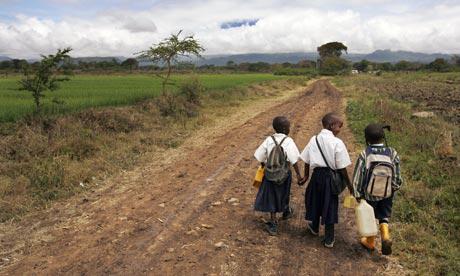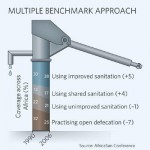
Education for survival 1 (Better future for the poorest children)
Pamoja Imani Kenya (PIK) believes that giving children education is one of the vital steps for underprivileged people to find ways to escape from poverty.
Referring to our previous research (Blog 1), aid has contributed helping 40 million children getting a basic education over the years(1).
This positive result illustrates the better future for people living below poverty in developing countries.
Education is the most important to aid whist ending poverty – whilst there are several alternatives to end poverty in developing countries, education for children is considered as a must.
In general speaking, educated people are more likely to marry later, women give fewer children birth, and parents raise their children healthier, thus they get better future(2).
In fact, most of PIK’s mother members have married and/or have their children in their young ages from about 19 year-old.
Perhaps, it is considered that children whom parents are educated are more likely to attend schools(2).
Although according to research from PIK, most of mother members who did not have opportunities to have education are also willing to give education to their children, as they know that education will benefit for their children’s future.
However the concern drawn here is that many of those mother members are unable to make their wishes come true, because they cannot afford buying primary school materials for their children, despite the fact that fee of primary school education is exempted by the Kenyan government.
Indeed, even with those mother members who succeed sending their children to primary schools, they struggle to send their children to have further education whilst primary school fee is the only object to be exempted by the government, not secondary schools nor university fees.
Therefore, most of mother members’ children who graduated from primary schools tend to stay at home and work at their houses to help their families surviving below poverty.
Accordingly, whilst having education is essential for both girls and boys, girls extended aids are obviously needed to provide more children in poverty education which will enable them to have brighter future.
References
(1) World Vision Australia, Effective Aid: Helping Millions (2011):www.worldvision.com.au/Libraries/Reports/WVAReport_Effective_Aid_2011.sflb.ashx
(2) AusAid, Australian Aid (brochure):
http://aid.dfat.gov.au/Publications/Documents/australian-aid-brochure.pdf




